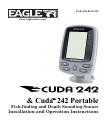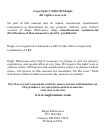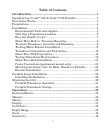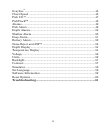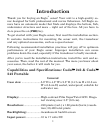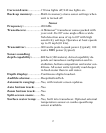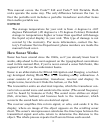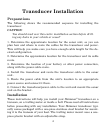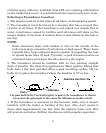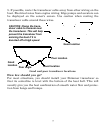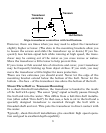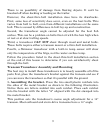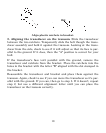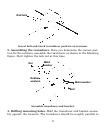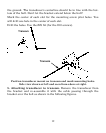
3
This manual covers the Cuda 242 and Cuda 242 Portable. Both
units operate the same way. The only difference between the two is
that the portable unit includes a portable transducer and other items
that enable portable use.
NOTICE!
The storage temperature for your unit is from -4 degrees to +167
degrees Fahrenheit (-20 degrees to +75 degrees Celsius). Extended
storage in temperatures higher or lower than specified will damage
the liquid crystal display in your unit. This type of damage is not
covered by the warranty. For more information, contact the fac-
tory's Customer Service Department; phone numbers are inside the
manual's back cover.
How Sonar Works
Sonar has been around since the 1940s, so if you already know how it
works, skip ahead to the next segment on the typographical conventions
used in this manual. But, if you've never owned a sonar fish finder, this
segment will tell you the underwater basics.
Sonar is an abbreviation for SOund NA
vigation and Ranging, a technol-
ogy developed during World War II for tracking enemy submarines. A
sonar consists of a transmitter, transducer, receiver and display. In
simple terms, here's how it finds the bottom, or the fish:
The transmitter emits an electrical impulse, which the transducer con-
verts into a sound wave and sends into the water. (The sound frequency
can't be heard by humans or fish.) The sound wave strikes an object
(fish, structure, bottom) and bounces back to the transducer, which
converts the sound back into an electrical signal.
The receiver amplifies this return signal, or echo, and sends it to the
display, where an image of the object appears on the scrolling sonar
chart. The sonar's microprocessor calculates the time lapse between the
transmitted signal and echo return to determine the distance to the
object. The whole process repeats itself several times each second.



